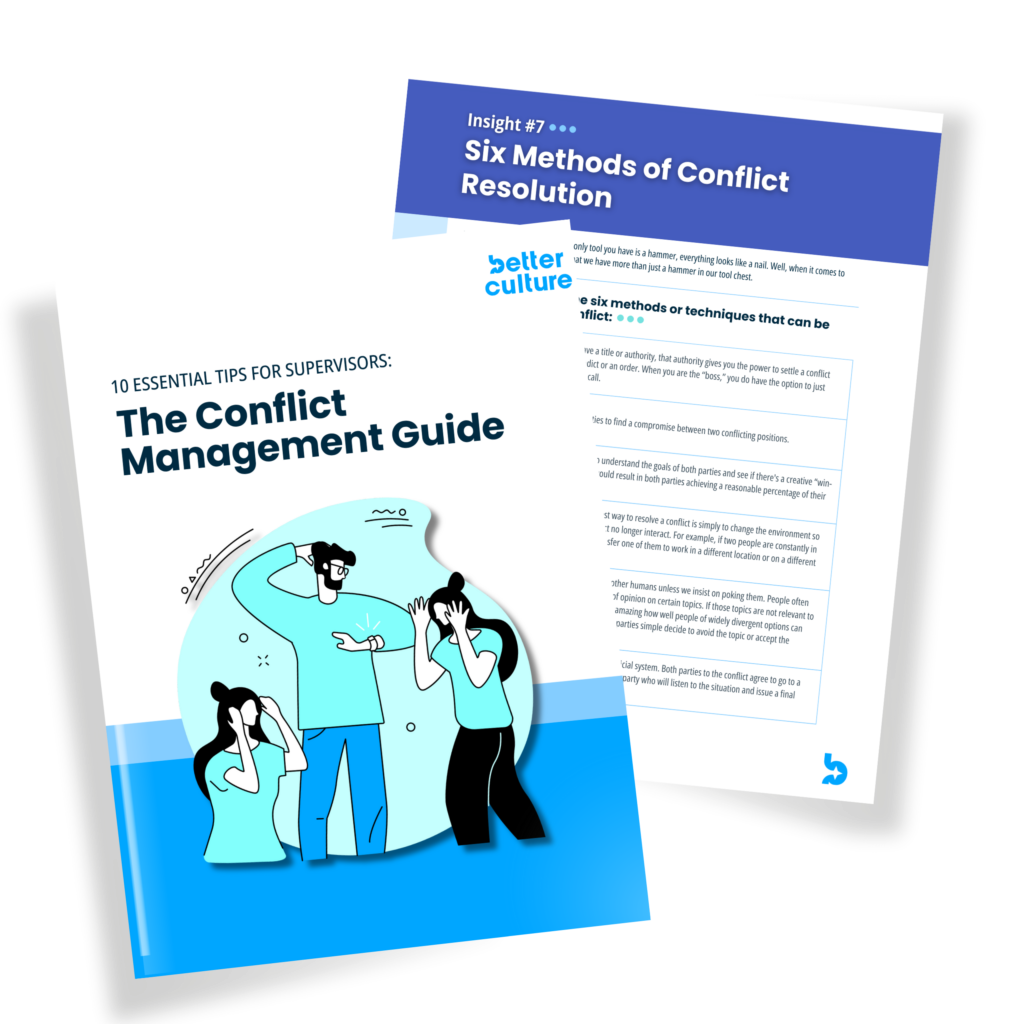(NOTE: This article is written for organizations that are not already operating in a fully remote or remote-first way. Many of the statements made in this article are less likely to apply if your organization operates entirely remotely or with a remote-first mindset.)
If your organization is grappling with questions about how much (or how little) to embrace the world of remote work, this brief article is for you.
The world of work has changed. In 2022 and beyond, job seekers have more options for where and how they want to work. Employers are reimagining their talent strategies. At the heart of this change is a tidal wave known as remote or virtual work.
Virtual workers perform their roles outside of a conventional office. Most of the time remote workers work from the convenience (and sometimes comfort) of their own homes.
Remote work has some obvious advantages and convenience to workers and also a few disadvantages.
Employing a remote workforce also has advantages and disadvantages for employers.
By thinking through the four questions below, organizations can develop a forward-looking strategy for whether they should lean into – or away from – employing remote talent.
How a Remote Workforce Impacts an Organization
Question 1: What advantages would your company gain by having employees work remotely?
Question 2: What disadvantages would impact your company by having employees work remotely?
Common advantages of employing remote workers include:
- Lower office rents
- A larger talent pool for recruiting
- Potential access to lower-cost talent
- Access to a more diverse talent base
- Increased flexibility to meet the lifestyle needs of talent
Common disadvantages of employing remote workers include:
- Decreased employee interaction and personal connection
- Challenges with communication
- Obstacles to employee growth and development
- Decreased company connection and loyalty
- Less serendipity, collaboration, and innovation
- Lower (or at least less observable) energy and distinct company culture
It’s likely that some of these factors are relevant to your organization. If not these, consider what other factors related to virtual work have the potential to impact your business operations.
Use the two questions above to determine if employing an increasing remote workforce is a net positive or negative for your organization. But know that the employer perspective is only half of the equation.
How Remote Work Impacts Employees
Question 3: What do employees gain by working remote?
Question 4: What do employees miss out on by working remote?
- Common advantages to employees who work remotely include:
- Schedule flexibility
- No commute
- Increased family or community connection
- A relaxed wardrobe
- A degree of privacy and anonymity
- The ability to structure work around life (vs the other way around)
Common disadvantages to employees who work remotely include:
- Feeling disconnected from their team and company
- Shallow relationships with colleagues and managers
- Limited access to information flow
- Fewer growth opportunities
- Fewer opportunities for advancement
Costs vs Benefits
Once you are clear on what both the company and your employees stand to gain and/or lose, you can develop a strategy for if and how you want to utilize a virtual workforce.
But before you get too far ahead of yourself, test the assumptions you made on the four questions above.
Experiment with virtual work with small portions of your workforce before you make major moves. See if the advantages and disadvantages to your organization match the assumptions you made on the questions above. Survey your virtual employees and see if their experience matches your assumptions.
As you experiment with virtual work, you will become clearer on the specific cost-to-benefits analysis for your talent and your teams.




